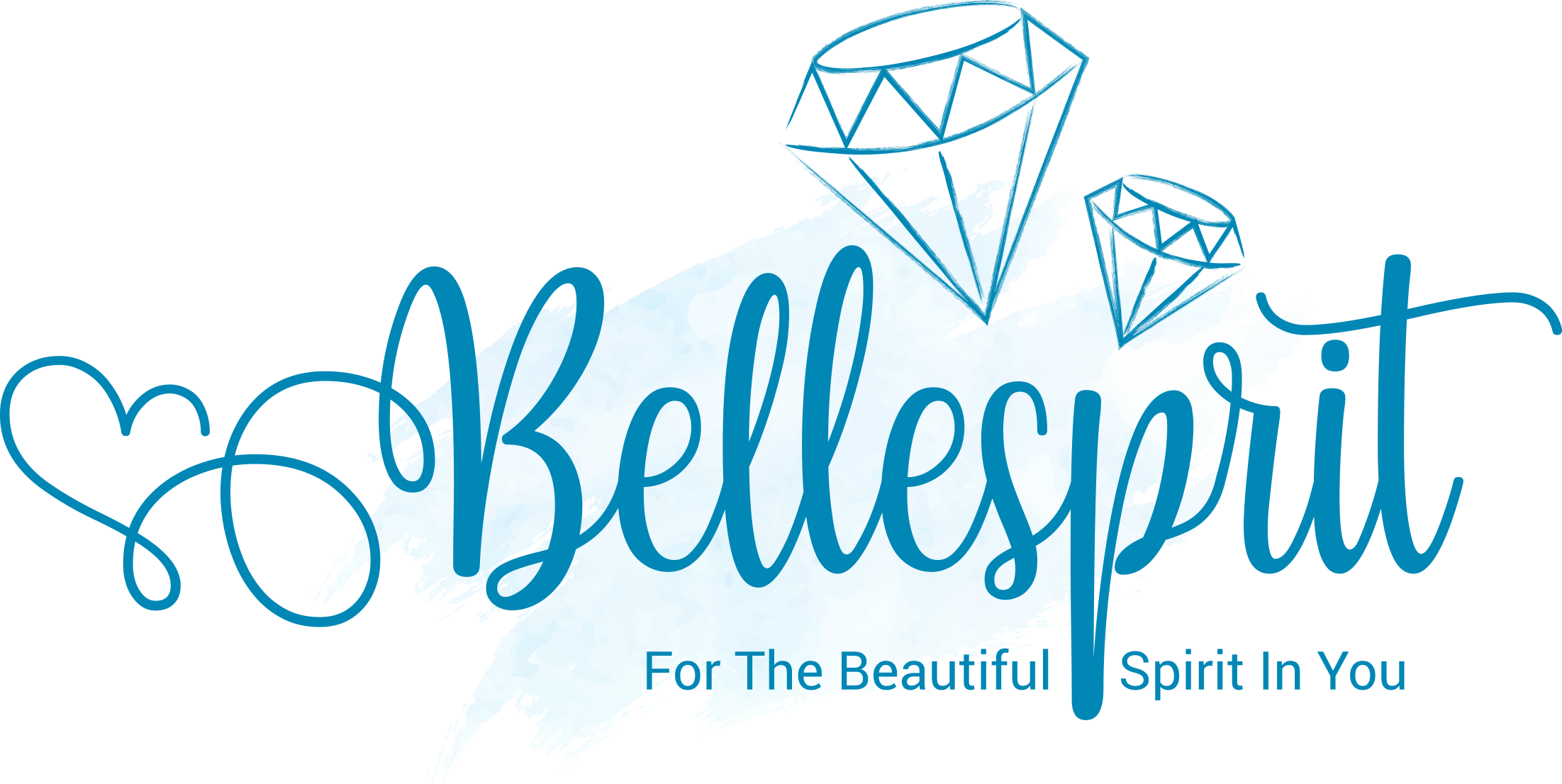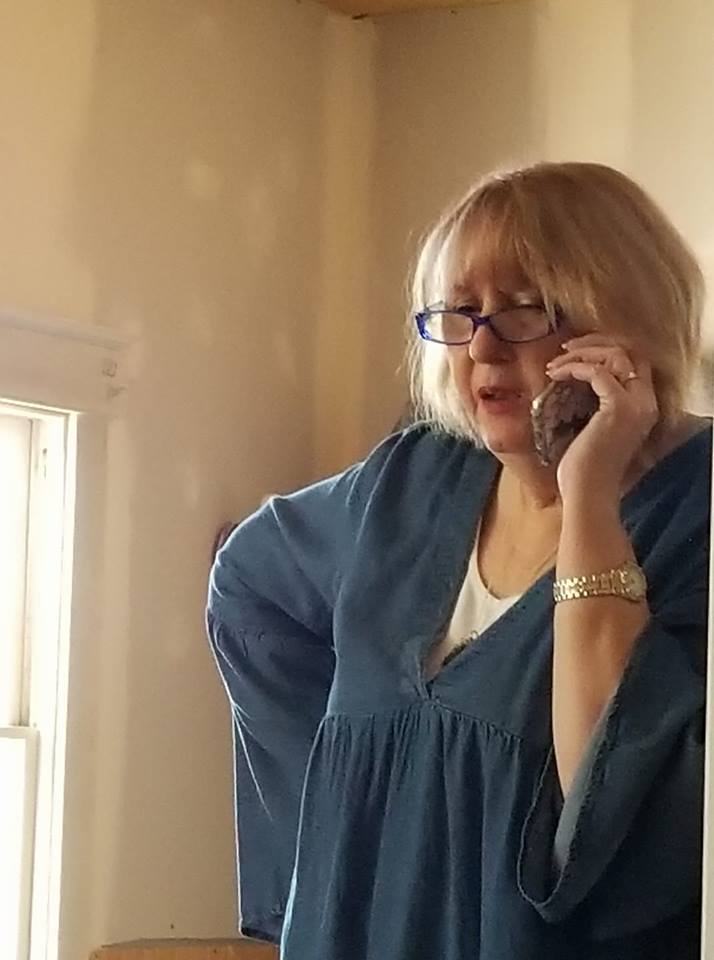Jenny’s Gems: Intuitive Illuminations from an Inspired Mystic… Honoring the Deep Sort As the leaves begin to fly and the temperatures drop, many of us are, as a result, spending more time indoors. We may find ourselves planted, perhaps a room or two away from our partners, and in many cases closer still to our children. While this weather necessitates cozying up and turning inward, it means we often find ourselves in closer proximity to each other for longer periods of time with less reprieves. This cabin fever can cause stressors in even the most mellow of relationships. It is easy to endorse the idea that more closeness is always better. It is just more of a good thing, so the adage goes. However, unless we are in the Honeymoon phase of a relationship, the reality of days on end cooped up can be too close for comfort for most of us. In the popular media, and in many classic children’s stories, we are bombarded with unrealistic panaceas of family life. We see mothers happily fulfilling their role as homemakers and fathers who are delighted to provide endlessly to rosy- cheeked bright eyed children who are always full of gratitude. The endlessly sacrificing mother- martyr archetype in the stories, Heidi and Rapunzel, are some common literary examples. Yet, if we compare these syrupy scenarios with our own experiences of being a child, we may realize that these stories encourage us all to take in an idealized view of family life that still holds sway in the popular culture’s imagination. This makes it difficult for us as adult truth-tellers to address and make peace with our own often less than idyllic experiences of childhood. To look at this childhood time in our life, we need to energetically hold and honor our real experiences-the good and the bad together. This can be seen as sacrilegious on the one hand and deemed as a real downer on the other. However, this process is necessary if we do not want to repeat the modeling that we unconsciously inherited. As young children, we take in emotional models from our parents and create from these an emotional template that we will fall back on in times of stress throughout our lives. We will draw from this emotional template time and again in our most pivotal and intense human relationships. If we grew up in a home where our parents primarily modeled love, flexibility and support, we will have internalized a sense of that in our most primary human relationships. If, on the other hand, we grew up in a home where inflexibility and anger shaped our experiences, we may have instead internalized some of that modeling. This emotional bedrock will form some of the core skills we draw from when we try to advocate for ourselves in later adult relationships. If the bulk of the experiences we drew upon were wounding, then anger and inflexibility may also become part of our defense of self-protection. Because of this, anger and love can feel fused in many of our relationships. This is in no way our fault, it is part of our karmic inheritance. Said another way, it is just what was handed down to us through generations and perhaps lifetimes. How we re-shape, add onto, or re-imagine these core experiences is, however, something we do have control over. Many at risk individuals who have eventually been able to find an internalized sense of meaning and build a system of renewed support in their lives will site a primary relationship in their adolescence that may have shifted the balance for them. Common to all these stories are one particular teacher, mentor or friend who took a special interest in them as an individual and really listened without judgment. The acclaimed author and therapist Irving Yalom suggests that it may be (this) one pivotal human relationship that can then act as an emotionally corrective experience and can lead the person to pull their immediate responses toward those of love, allowing and openness. I too, have seen that human relationships do have the capacity to be just that powerful, just that healing. After this pivotal experience, the person may be able to see themselves clearly, for the first time, through the eyes of this interested other. It is then that they begin to experience themselves through a softer more supportive lens, as well. While this emotionally corrective experience may sound astounding and can be to those who experience it directly, it is more likely that people will be less aware of why this is occurring. Instead, they slowly experience a shift in their awareness about the role the feelings of love and anger have played in their lives. I would suggest too, that this experience can be one of many that tip the balance toward a lighter, clearer, more loving expression of the authentic self. This new way of viewing oneself does not need to happen in relation to another person at first. Instead, it may show up as an ability to be more present with ourselves in nature or in creative expression. However, the one tenet of this experience is that there is a de-centering process occurring. This means that instead of being emotionally reactive and immediately expressing loaded feelings, we are able instead to notice what we are feeling and figure out the strengths of our feelings, as well as the parts we’d like to notice more deeply, or are unsure about. This requires that we approach all of our feelings with an air of curiosity instead of judgment, an aura of tolerance and love, instead of anger. This does not mean that we need to stuff down our feelings of anger—when we have legitimate anger, it does need to be expressed. And if we find ourselves experiencing anger often, it is likely we have not adequately attended to its dancing partner; unexpressed grief, or sadness over unfulfilled desires. With practice and attention, sorting out the corresponding layers, responses and emotions can become simpler. This is about learning to notice or check in with your own feelings regularly. If you haven’t learned how to check in, it is easy to learn and it gets easier with practice. To do this, simply find a quiet space away from the influences and energies of the day. Now, ask yourself how do I feel in this moment? This isn’t how your family feels, how your kids feel, how your partner feels…or what you should feel or do. This is what do YOU feel. For many, this can be a foreign idea and it may take some practice. When you get adept at answering this question, you can then ask yourself variations of it. For instance, “What do I want in this moment?” or, “What do I need right now?” or, “Do I feel seen and valued right now?” A good indicator that you are on the right track with this is you will find yourself more curious and less reactive in many situations. Another indicator is that speaking your own truth will take on an increasing importance in your life. You may even find yourself sharing this experience with others. In your most intimate relationships, you may find yourself noticing that anger and love are often deeply fused. Accepting both of these feelings, as part of your birthright by honoring your full capacity of human expression, can help you begin to notice that your feelings don’t have you, you have them. You will feel more empowered as you honor your full range of feelings more and more. Each feeling will give you the opportunity to sort out the role you play in relationship to it. Each feeling will evoke the need for authentic truth telling in your life if you sit with it long enough. This process is of the deep sort. It is more likely that, afterwards, you will be able to give deeper attention and more space to your authentic feelings, and recognize your inner truth, regardless of the outcome. October’s Gem is Picture Jasper. It is known as the “supreme nurturer.” It sustains and supports you through times of stress, and brings tranquility and wholeness to thought and deed. It provides protection and absorbs negative energy. It encourages honesty with one’s self. And it provides courage to assertively tackle problems. Consider carrying it in your pocket or on a chain and co-creating this energy with others. Our intentions are more powerful when we set them together! October’s Gem Affirmation is: I clearly and easily recognize my worth and value and can easily move toward all that will lead me toward great clarity and peace in my life. Views:]]>
You also might be interested in
Woman is a contextual being, a fascinating, complex universe woven out of time, space and causality. By Sensei Erwin L. Rimban Archetypal psychology and the esoteric arts of wisdom recognize many different kinds of womanhood archetypes. However, for ease of comprehension, let us categorize the many archetypes of womanhood into four fundamental realities, which correspond […]
This is the story of Belles inspiration to share knowledge with all who seek [...]
About Bellesprit

Bellésprit (pronounced bell-e-spree) was born out of a desire to educate those who seek to expand their knowledge along their spiritual path. Featuring many contributors who are experts in their field, Bellésprit has a little bit of something for everyone who desires to learn more about spirituality, metaphysics, and the paranormal world.


